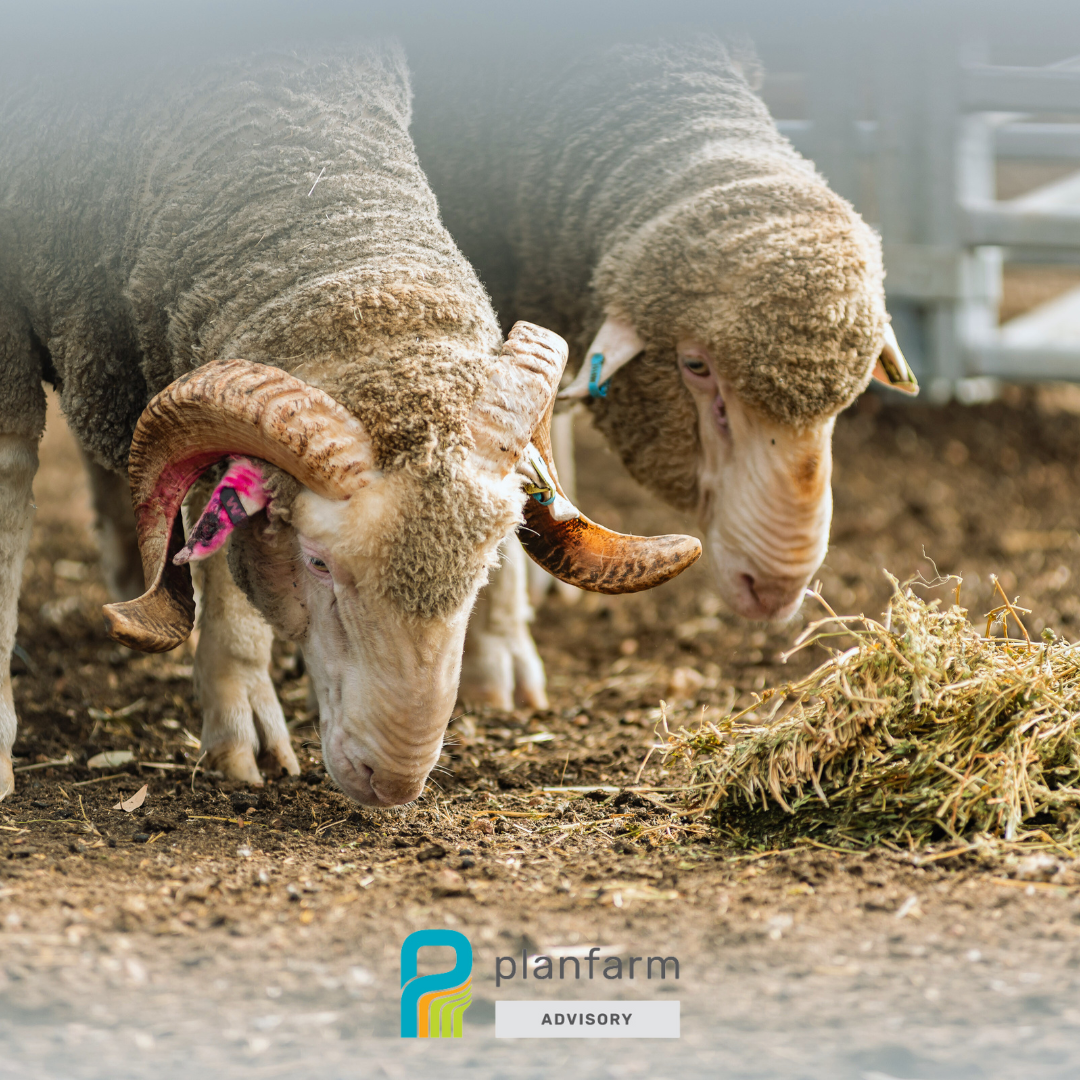In recent weeks, I’ve been having very similar conversations with many of my clients about what a reasonable price to accept for grain is.
And it’s a question I’m sure many of you reading this are currently asking yourselves, especially when weighing up whether to sell Canola or hold it. Should we cash cereals at the harvest prices on offer now or sit and play the market into 2024? In reality, most ask themselves this question every year, this time of year, when the headers are rolling.
So, when I get asked, ‘Dan, is this a good price?’ I say, let’s find out what a good price is for
YOUR business because it’s different for everyone.
In a perfect world, conversations around price occur early in the season and are regularly reviewed as the season progresses. What’s happening in the paddock, office and the business is paramount to understanding the point at which you are making money.
So, when I’m discussing prices with my clients, some of the questions I get them to ask themselves are:
- What did it cost you to grow the crop in the paddock, or what will it cost you?
- How much do you need to cover your interest, leases and depreciation on your equipment fleet for the season?
- How much do you need to be able to pay yourself and the family within the business?
- How many tonnes do I actually have to sell?
Once you can answer these questions above, then you know what a good price is for your operation. However, the unfortunate reality of farming is that you can only sometimes sell your grain for ‘good prices‘ at harvest once you know how much you have and are ready to sell.
Hence, knowing your ‘good price’ before you plan to sell allows you to be prepared to take opportunities throughout the growing season.
If ‘good prices’ are available at harvest, you can secure a good return off the header with confidence in knowing at those prices, they are covering the business operations and overheads, as well as having profit to allocate into the next season.
Understanding each commodity’s relation to its long-term decile pricing is another beneficial method to help you analyse and consider the downside risk vs upside potential of grain prices, which flows into the other questions you should then be asking yourself like:
- What will or could it cost you to hold the grain for 3, 6 or 9 months?
- How strong is the cash flow position?
- Can you afford not to sell?
- How long can you afford not to be a seller?
- Is there more downside risk than upside potential at the current price?
- How does the price compare historically(i.e., what decile is it?)?
There are other intertwined factors to consider outside of just price. This highlights the beauty of our in-depth analysis & regular meetings Planfarm Advisory have with our clients across a season. Our work allows our clients to have a ‘live feed’ of how their business is tracking at any point during the season. Having the ability to run analysis for our clients when, before or if things change within the operation allows us to set clients up to make decisive decisions for their business when opportunities present and know when they are selling, what impact this will have on their business.
So, are current prices good? When we historically look at the below decile charts from Profarmer for Geelong, It suggests they are with wheat and barley at decile 9 (90% of years the price is lower) and Canola at decile 8 still even though it is well off the season highs. When looking at deciles, also ask yourself, is there more downside risk than upside potential?


